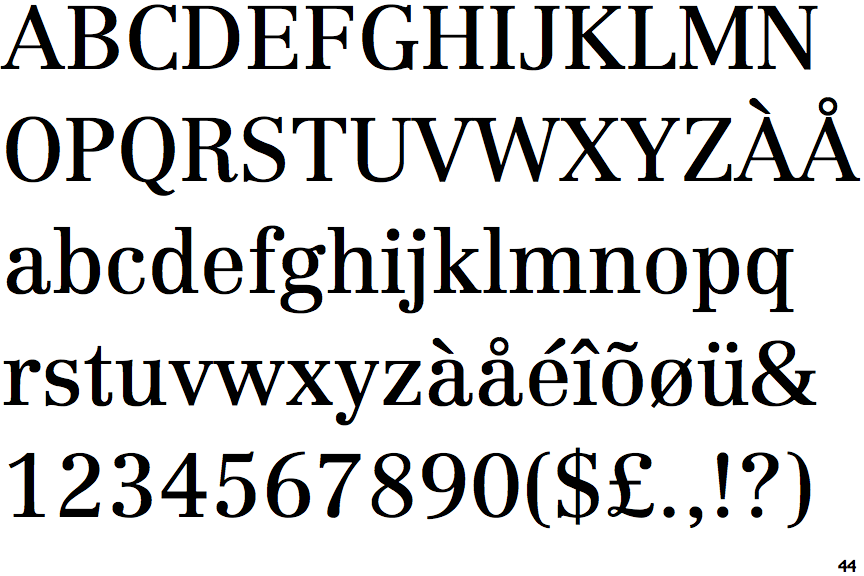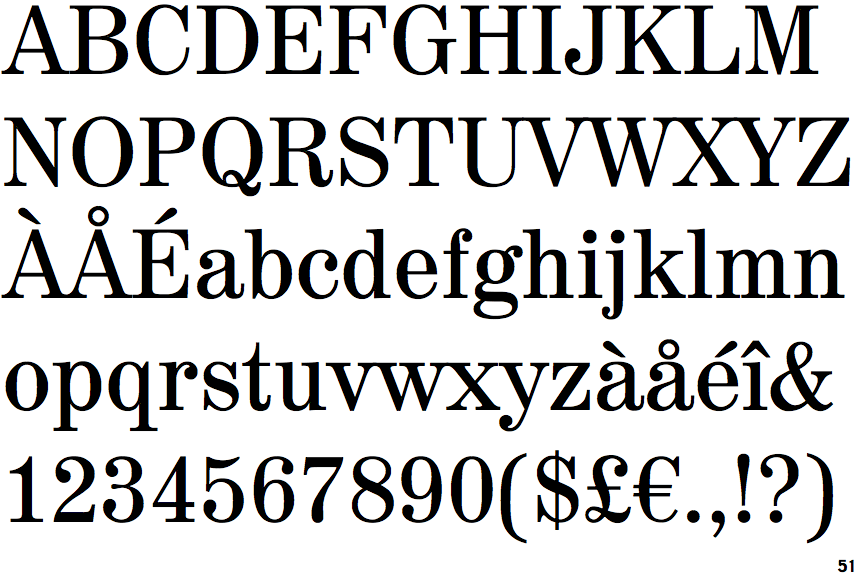Differences
Linotype Centennial
 |
The upper-case 'Q' tail touches the circle.
|
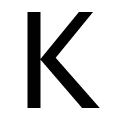 |
The diagonal strokes of the upper-case 'K' meet at the vertical (with or without a gap).
|
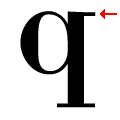 |
The top of the lower-case 'q' has a right-facing serif.
|
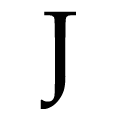 |
The tail of the upper-case 'J' has a flat end or cusp.
|
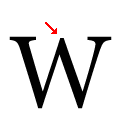 |
The centre vertex of the upper-case 'W' has no serifs.
|
 |
The upper-case 'C' is symmetrical about a horizontal axis.
|
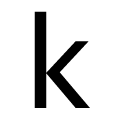 |
The diagonal strokes of the lower-case 'k' meet at the vertical (with or without a gap).
|
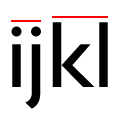 |
The lower-case 'i' or 'j' is lower than the k and l.
|
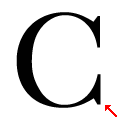 |
The lower stroke of the upper-case 'C' has a downward-pointing serif.
|
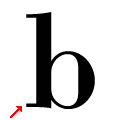 |
The lower-case 'b' has a left-facing lower serif.
|
Note that the fonts in the icons shown above represent general examples, not necessarily the two fonts chosen for comparison.
Show ExamplesMadison Antiqua
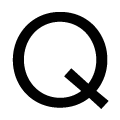 |
The upper-case 'Q' tail crosses the circle.
|
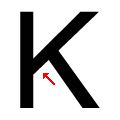 |
The diagonal strokes of the upper-case 'K' meet in a 'T'.
|
 |
The top of the lower-case 'q' has a vertical or slightly angled spur (pointed or flat).
|
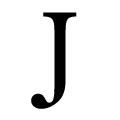 |
The tail of the upper-case 'J' has a rounded end or ball.
|
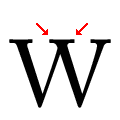 |
The centre vertex of the upper-case 'W' has two separate serifs.
|
 |
The upper-case 'C' is asymmetrical about a horizontal axis.
|
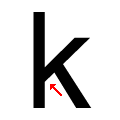 |
The diagonal strokes of the lower-case 'k' meet in a 'T'.
|
 |
The lower-case 'i' or 'j' is the same height as the k and l.
|
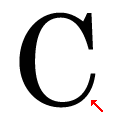 |
The lower stroke of the upper-case 'C' has no downward-pointing serif.
|
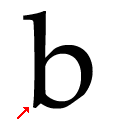 |
The lower-case 'b' has a downward-pointing spur or foot (pointed or flat).
|
